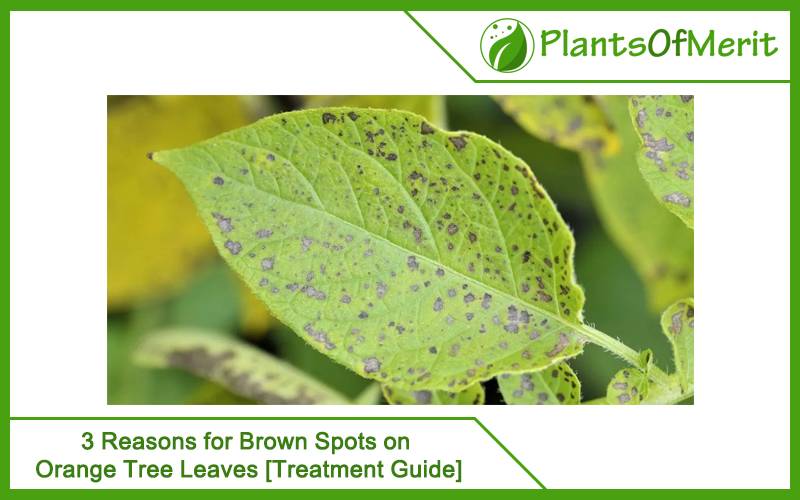Orange trees are a pleasure to stare at. The bright green leaves with the vivid circular oranges hanging off the branches are nothing short of a pleasure. But, are you witnessing some brown spots taking up the majority of the leaves on the orange tree?
Brown spots on the orange tree leaves are quite common. However, they are usually a repercussion of something related to the growing parameters. It could be poor watering, lack of optimal sunlight, or even due to pest attacks on the plant.
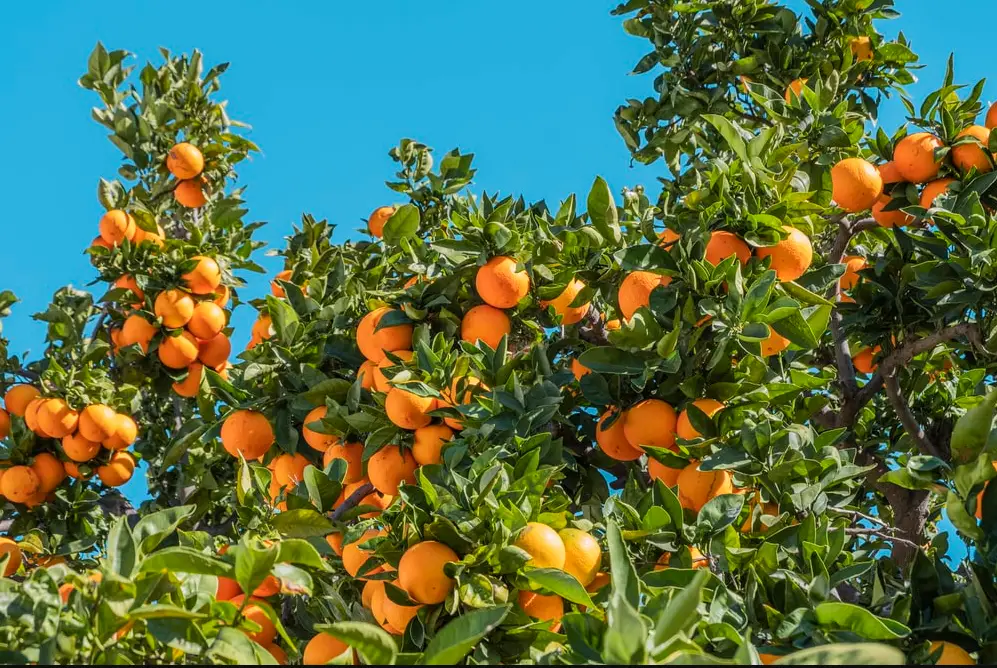
If you don’t take immediate measures to fix the issue, chances are that these brown spots will soon take over the entire plant and end up damaging its steady growth of juicy fruits. Here’s what you can do to fix that.
Why am I noticing Brown Spots on the Orange Tree?
Growing an orange tree from scratch is no joke. It takes time for the plant to grow into a tree before it starts bearing fruits. So, noticing the brown spots on the tree leaves a few days after the fruits come in can be devastating for a grower.
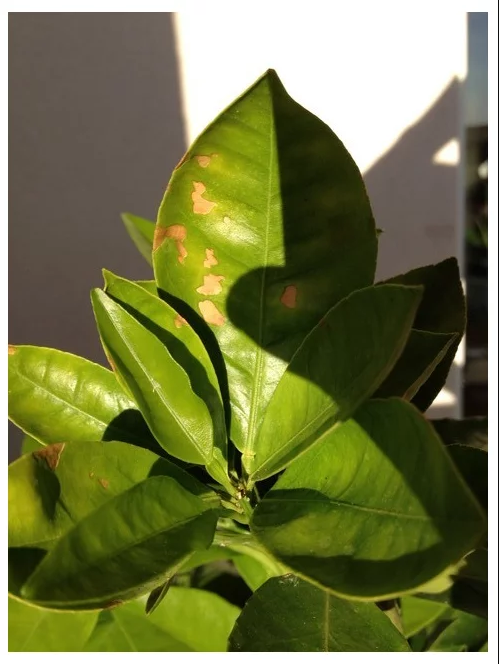
However, before you start panicking and let the issue take over the entire tree and damage it entirely, you need to be proactive. Find what’s causing the issue in the first place. There are a few different factors that could influence the problem and we will discuss them in detail here.
1. Citrus rust mites
We can’t have a list of issues in an orange plant without kickstarting the list with a pest infestation. Citrus rust mites are one of the most common contributors to the brown spots that you notice on the orange tree leaves. They often infest the citrus fruit plants, including oranges, lemons, lime, etc.
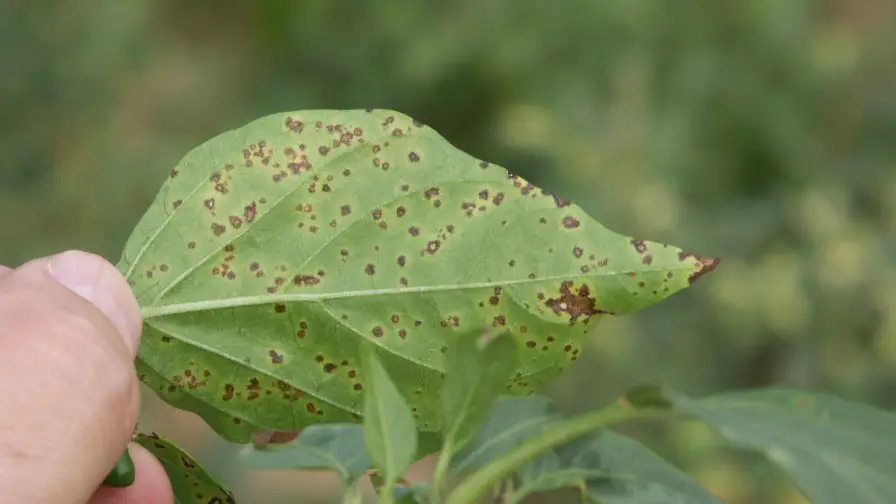
Since they are so small in size, spotting them on the leaves can be challenging. However, if you aren’t proactive in spotting them, chances are that they will consistently feed on the leaves, leading to the brown spots that you notice on the leaves.
If you are looking for these mites, we’d recommend looking for yellow-colored mites on the leaves. Their population typically increases during humid weather conditions. So, if you are growing your orange trees somewhere humid, this is a downside you have to look out for.
Treatment
Firstly, you need to look into the leaves that have brown spots on them and snip them off the plant. This is the first step toward fixing the issue. Once you have eliminated these, the next step is to apply a safe insecticide to the plant to eliminate the remnant rust mites that are hidden inside the plant. Try to find high-quality insecticides that are safe for your oranges.
2. Diseases
Sometimes, the brown spots on the leaves are primarily due to fungal diseases that affect the leaves first and then attack the roots. One of the most common contributors is Citrus Melanosis. It is a type of fungi that contributes to the brown spots on the orange tree leaves. They can also cause the leaves to wilt and fall off the plant in severe cases.
If not treated on time, the fungal diseases typically attack the leaves and turn the leaves yellow. This keeps on getting worse and the yellow leaves then start turning brown. But, how do these fungal diseases come about?
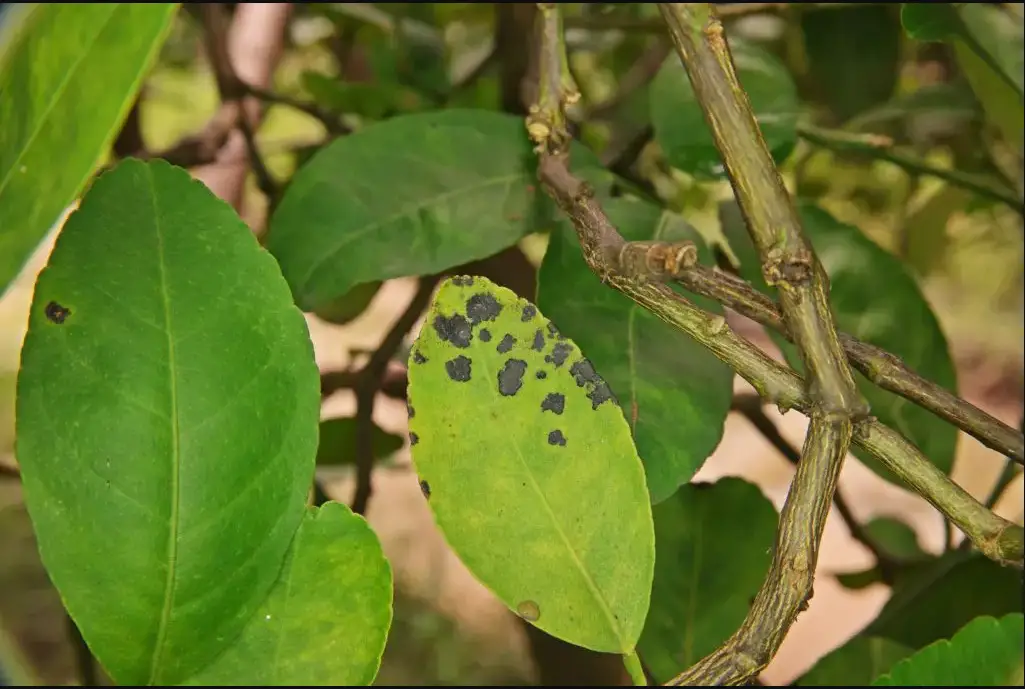
For a change, it’s not just about the humidity and overwatering. Instead, fungal diseases might happen when the leaves, twigs, or branches in the orange tree die. If you don’t remove them immediately within 24 hours, that’s where the fungal disease infests the plant.
Besides Citrus Melanose, even citrus rust is another common issue that you should look out for. Not only do they create brown spots on the leaves, but they also cause wilting and damage to the plant in the long run. Also, although they start from the leaves, if not managed on time, the fungal disease can spread to the fruits too.
Treatment
Start by eliminating the fungal disease-infested leaves. This includes all the brown leaves or the leaves that are losing color and wilting around the edges. This will prevent the further spread of the fungal infection to other parts of the plant. Once that’s done, you can then go ahead and spray a safe fungicide on the tree. We’d recommend doing your research well before picking a fungicide.
3. Improper watering
Last on the list of reasons is inconsistent or improper watering. Oranges aren’t fond of too much water during their growth but at the same time, you have to be careful about preventing underwatering since that has worse impacts on your plant than good.
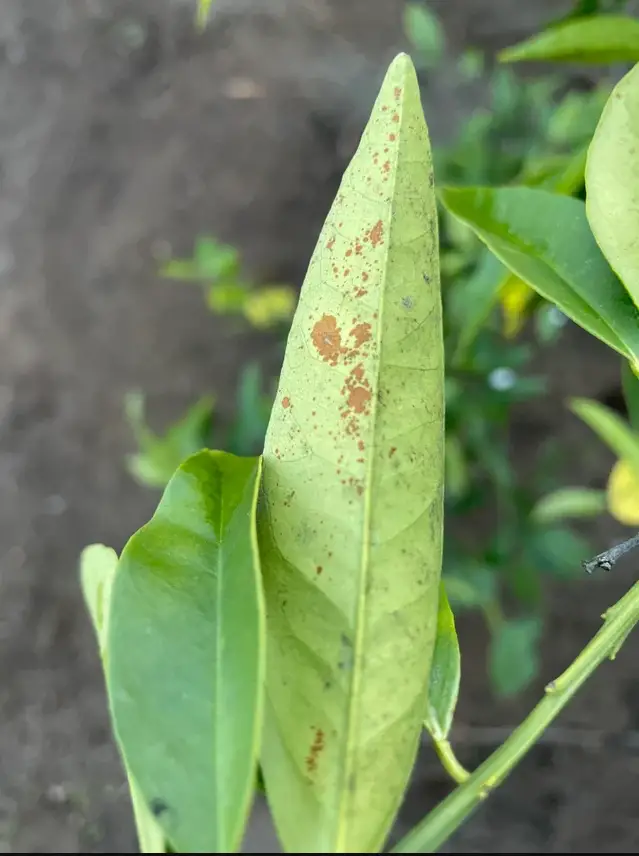
Underwatering is one of the most common reasons why the leaves on your orange tree are turning brown. The lack of water and prolonged sunlight exposure “burn” the edges of the leaves, making them appear brown around the edges.
If watering is the issue that contributes to the browning, chances are that the damaged leaves will also fall off the branches once they don’t get optimal water and nutrient supply. Taking immediate action in such cases is very important.
Treatment
Start by finding all the brown leaves on the orange tree. Doing so will allow the spot to grow in new buds and leaves. Once you have removed the damaged leaves, the next thing to do is assess the water levels. You can check manually or you can go ahead and use a tool like a moisture meter. Also, while watering the soil, ensure that the soil is well draining. Excess water leads to water logging, which does worse for the plant.
Conclusion
How many of these issues were you aware of? Instead of panicking witnessing the browning leaves, we’d recommend that you find the cause first. Once you know what’s triggering the issue, you can then go ahead and implement the relevant safety measure to restore the orange tree to its former glory.

